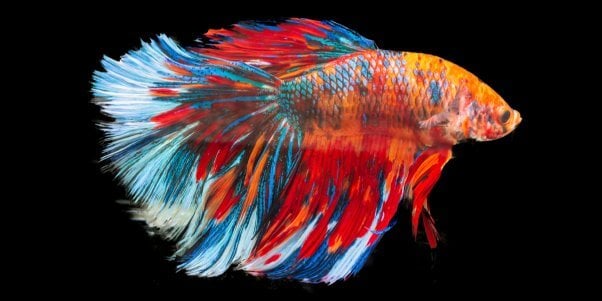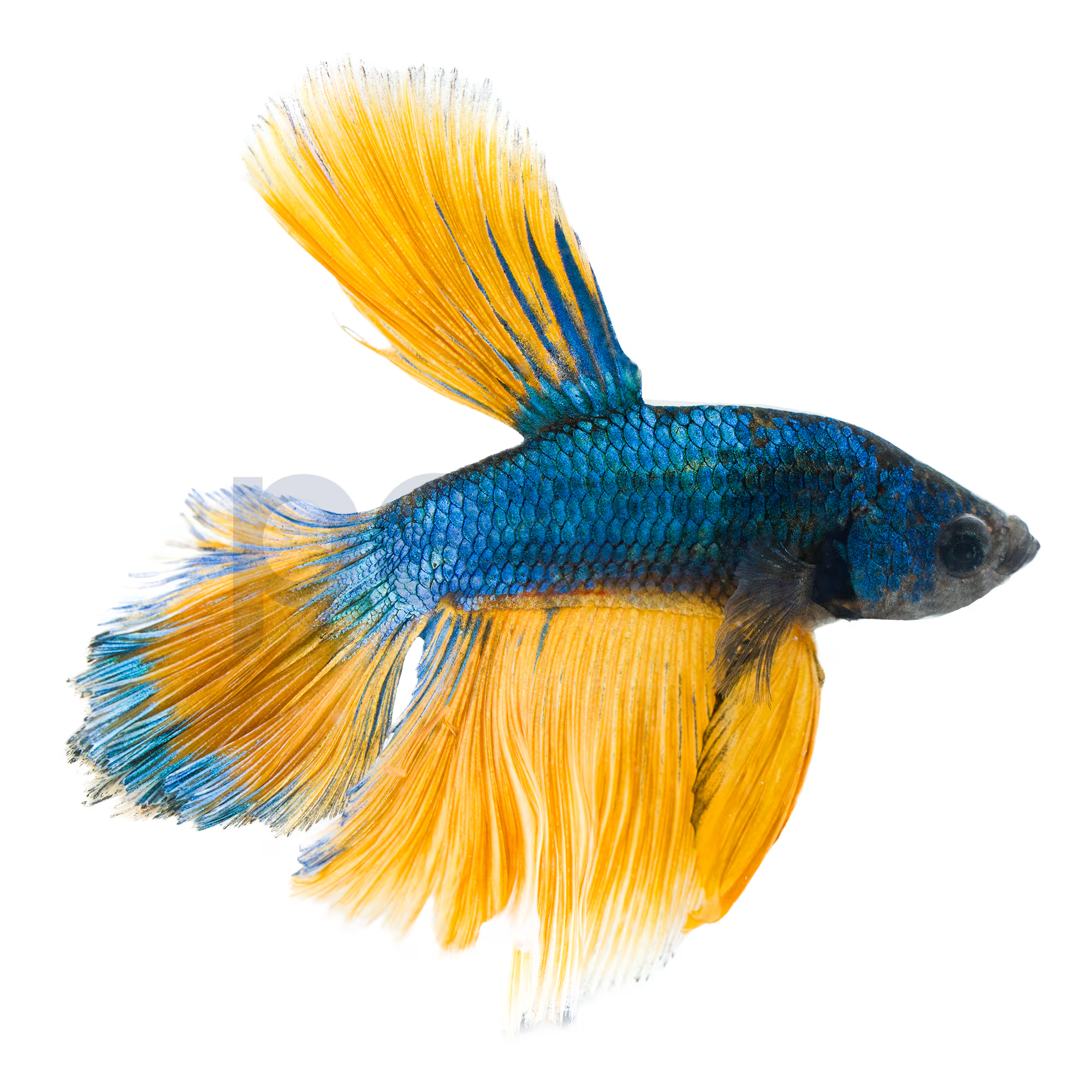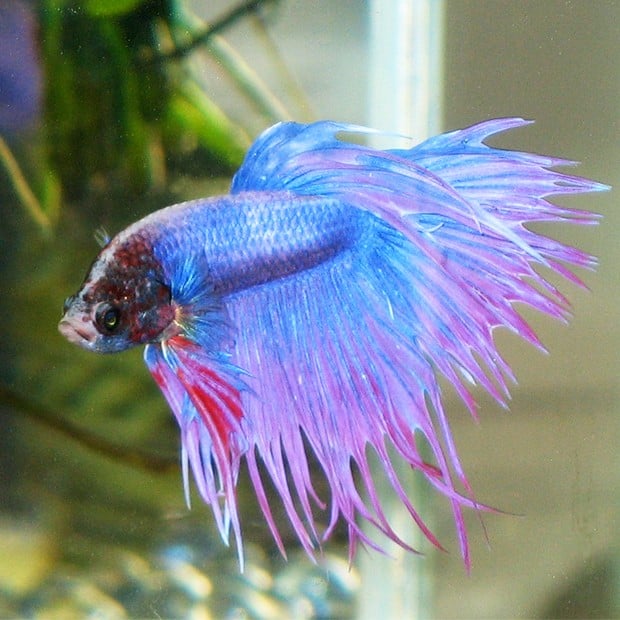Just how to Pick the Right Betta Fish for Your Fish tank
Wiki Article
Reproducing Betta Fish: a Comprehensive Step-By-Step Guide to Efficiently Raising Baby Bettas From Eggs to Their Adult Years
Reproducing Betta fish is a meticulous endeavor that calls for cautious planning and execution to guarantee the successful development of fry from eggs to grow fish. Picking genetically varied breeding sets with preferable characteristics is just the start; producing an ideal atmosphere and understanding the intricacies of the breeding process are similarly important. As the male Betta faithfully constructs a bubble nest and guards the valuable eggs, the subsequent stages of treatment and transition demand interest to detail and understanding of finest methods. Just how does one browse the tough yet satisfying path of nurturing these vivid animals to adulthood?
Choosing Reproduction Pairs
When getting started on the trip of breeding Betta fish, choosing the best reproduction sets is essential to accomplishing preferable qualities and a healthy lineage - betta fish. The initial step in this procedure is to recognize the specific traits you want to enhance or maintain, such as shade, fin type, and physique. It is vital to choose genetically diverse pairs to stay clear of inbreeding, which can lead to wellness concerns and unfavorable featuresAssess possible reproducing candidates carefully. A healthy and balanced male Betta must show vibrant shades, an energetic attitude, and well-formed fins, while the female ought to additionally show lively coloration and a rounded stubborn belly, showing readiness for spawning. Observing the personality of both fish is crucial, as hostile or overly timid people may not reproduce effectively.
Keeping records of the moms and dad fish's ancestry can aid you track hereditary characteristics and prospective problems. Eventually, spending time in the choice process will dramatically enhance the possibility of creating strong, dynamic spawn that satisfy your breeding goals.

Preparing the Reproduction Tank
Creating an optimum breeding environment is a vital step after picking ideal sets for Betta fish. The reproduction storage tank should be particularly developed to give comfort and boost the natural breeding habits of the fish. Beginning with a storage tank size of a minimum of 10 gallons to make certain adequate area for both the male and female Bettas.Keep a gentle purification system to keep the water tidy while avoiding solid currents that can stress the fish. Additionally, an air rock can be included to supply oxygenation without disrupting the water surface area excessive.
Temperature guideline is vital; goal for a secure variety of 78-82 ° F(25-28 ° C) utilizing a reliable heating unit. The pH degree must be preserved in between 6.5 and 7.5, and regular water changes are essential to make sure high water top quality.
Incorporate drifting plants or generating mops to develop concealing spots for the female, while also motivating bubble nest structure by the male - betta fish. Finally, guarantee the container is devoid of sharp decorations and any possible hazards, as the welfare of the fish ought to always be focused on during this important stage of reproduction.
The Reproduction Process
Generally, the reproducing procedure for Betta fish involves a series of distinct and visible behaviors that suggest preparedness for reproduction. The male Betta begins by building a bubble nest at the water's surface, which functions as a site for the fertilized eggs. This nest is Recommended Site critical, as it gives a safe environment for the eggs till they hatch.As soon as the nest is established, the man will display courtship habits, such as flaring his fins and displaying lively shades to attract the female. The female, upon sensing the man's readiness, will certainly react by showing upright red stripes along her body, indicating her receptiveness.
The fed eggs then drop to the bubble nest, where the male carefully accumulates and returns them to the nest. Following this, the male assumes duty for securing the nest and ensuring the security of the eggs till they hatch out, typically within 24-36 hours.
Taking Care Of Betta Fry
Caring for Betta fry requires mindful interest to their environment and nutrition to make certain healthy and balanced growth and advancement. After hatching, Betta fry are incredibly little and vulnerable, demanding a stable and tidy environment. Keeping a water temperature level in between More about the author 78 ° F and 80 ° F is critical, as Betta fry prosper in cozy problems. Furthermore, guarantee that the water is free of harmful toxins; regular water adjustments of 10-20% are suggested to keep ideal water top quality.Feeding Betta fry is similarly crucial. Feed them tiny amounts a number of times a day, being careful not to overfeed, which can lead to water quality concerns.
Transitioning to Grownup Bettas
As Betta fry mature, transitioning them to adult Bettas is a critical stage that calls for careful administration of their setting and social communications. This process commonly starts when the fry get to around 6 weeks old, whereupon they can be slowly presented to an extra organized living setting.To promote this transition, it is vital to guarantee that the water parameters-- such as temperature level, pH, and ammonia levels-- are optimal and steady. Adult Betta fish thrive in cozy water (around 78-80 ° F) with a pH of 6.5 to 7.5. Slowly adjust the fry to these problems to reduce anxiety.
Social communications are one more essential element; male Bettas are notoriously territorial and check here aggressive. Consequently, it is advisable to different males into private tanks as they grow. Women Bettas can be housed with each other, however care should be required to monitor for indications of aggressiveness.
Furthermore, dietary adjustments must be made as the fry expand. Incorporate top quality pellets and live foods to support their growth and wellness. By managing these elements successfully, you can advertise a successful transition to their adult years for your Betta fish.

Final Thought
Successful reproduction of Betta fish calls for mindful focus to information throughout the whole procedure, from choosing genetically diverse sets to supplying ideal treatment for fry. Additionally, a well balanced diet regimen and steady adjustment to grown-up atmospheres are essential for the development and advancement of Betta fish.Report this wiki page